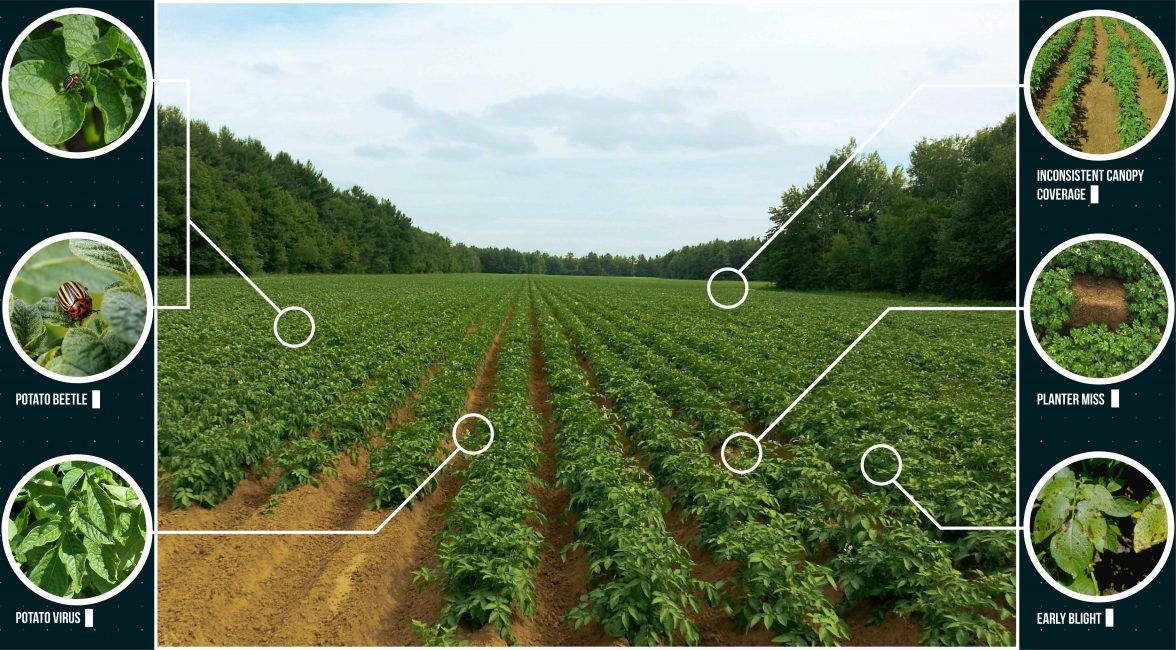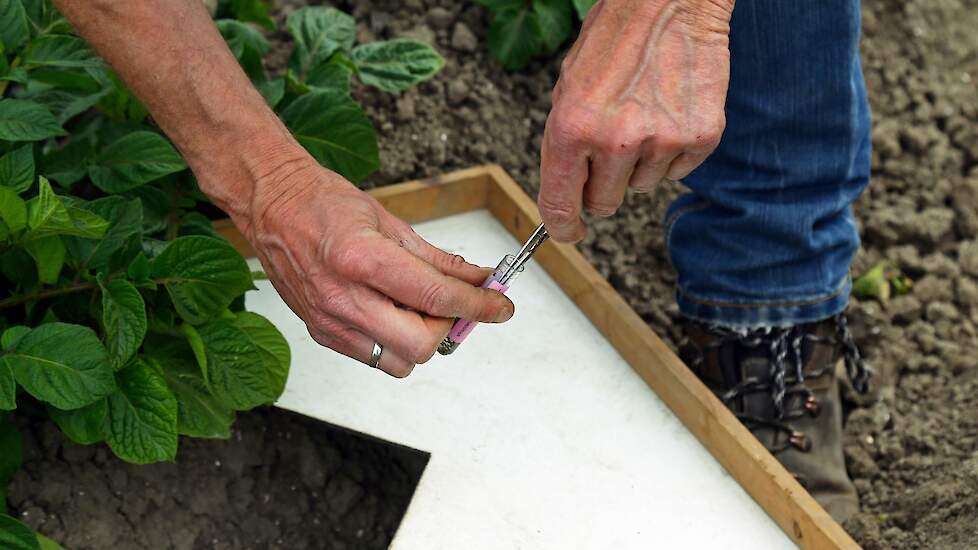CAV Agrotheek hopes that the state of digital big data technology will make it possible to predict the right moment of louse flights and population structure. With a digital noise counting system, monitoring no longer lags behind.
Now it sometimes takes ten days before the use of plaque traps provides clarity about louse flights and the associated virus pressure. While keeping the virus pressure under control takes more and more effort.

This year, CAV Agrotheek is testing a number of digital louse counting systems for the second year in a row, in addition to the adhesive traps that have been deployed at various locations in the Netherlands, namely in Callantsoog, Anna Paulowna, Slootdorp, West-Friesland, Rutten, Dronten, Smilde, Lemelerveld. , Boekel, Zorgvlied, Wouwse Plantage and Goeree-Overflakkee. This information is shared by CAV Agrotheek upon request.
Rapid rise in virus pressure
Despite all the measures that companies implement annually, the percentage of virus has risen considerably in recent years. Some reasons are scaling up, higher light intensity and higher temperature, irrigation and poorer leaf coverage with coarse drop means. The coarser droplets are, according to CAV Agrotheek, the result of stricter drift reduction legislation.

Bulb cultivation on the go
Selection in the crop before aphids emerge is important to minimize the source. It is then important that the distribution from the remaining sources remains limited. CAV Agrotheek recommends bulb growers to start with pyrethroids against lice at an average 24-hour temperature of 13 ⁰C. Next Tuesday, March 30, a 24-hour average of (almost) 13.0⁰C is expected in De Bilt for the first time this year.

